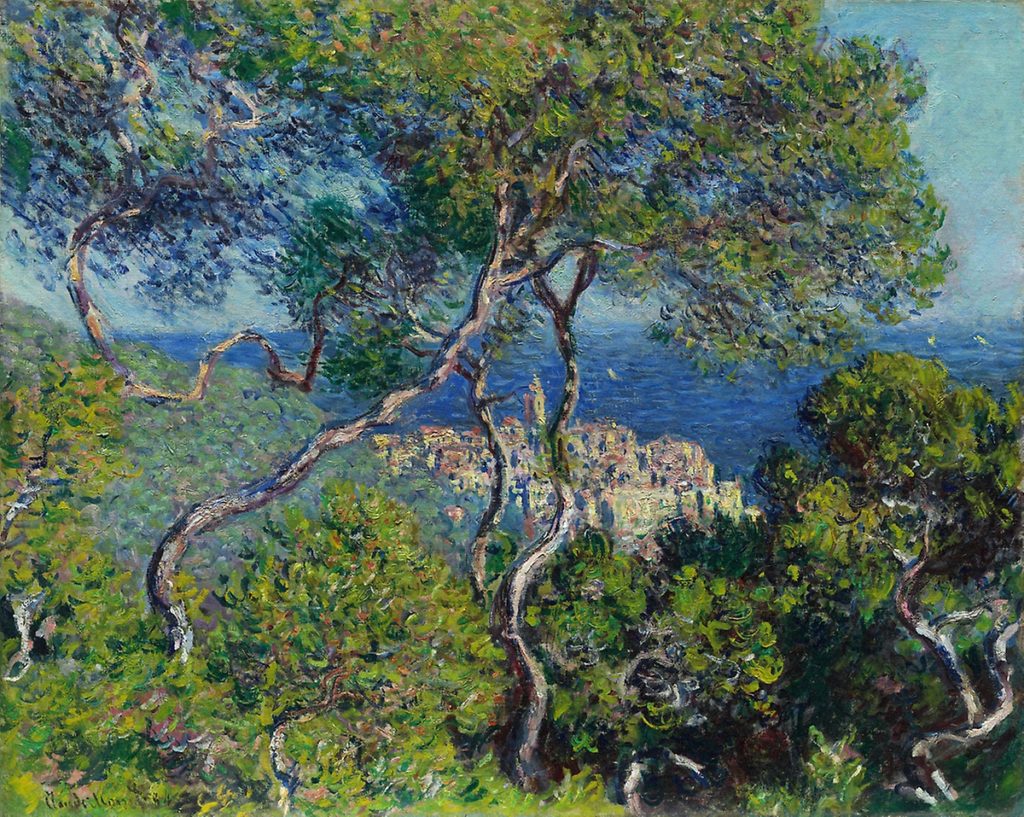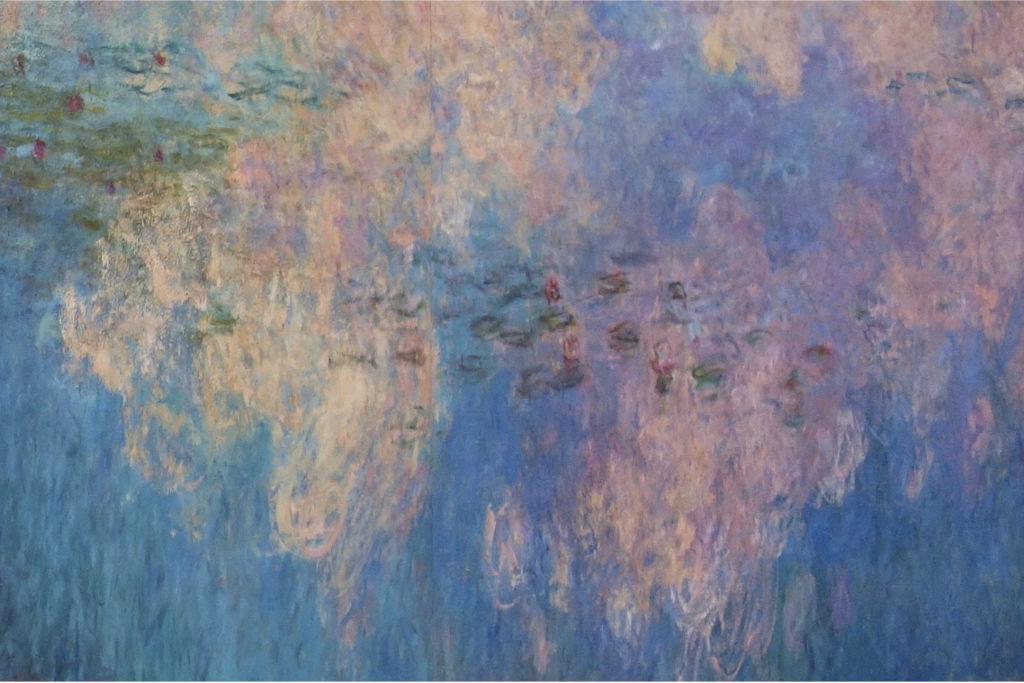Introducing Claude Monet: The Revised Catalogue Raisonné; The Pastels
As part of its long-term goal to update the entirety of the Monet catalogue raisonné, the Wildenstein Plattner Institute has released its latest online publication, Claude Monet: The Revised Catalogue Raisonné; The Pastels. This dynamic resource features information on 110 works in pastel, with links to historic publications on the artist. Presented in a searchable format and accessible for free on the Institute’s website, wpi.art, The Pastels will be continuously updated with new information as works are reviewed by the WPI’s Monet Committee.
Introducing Claude Monet: The Revised Catalogue Raisonné; The Pastels Read More »



